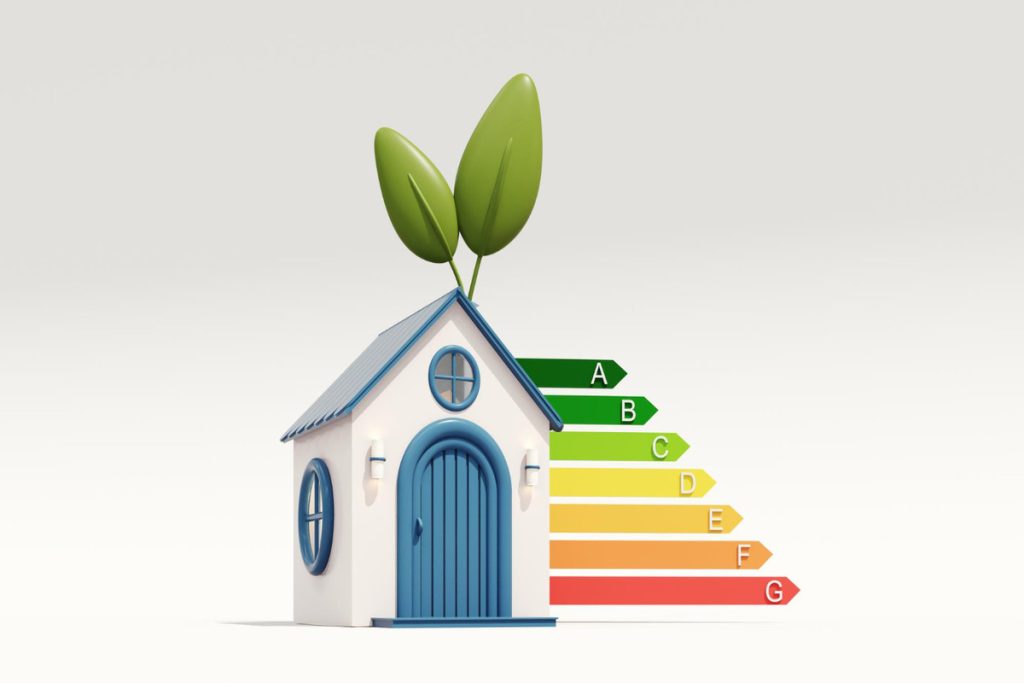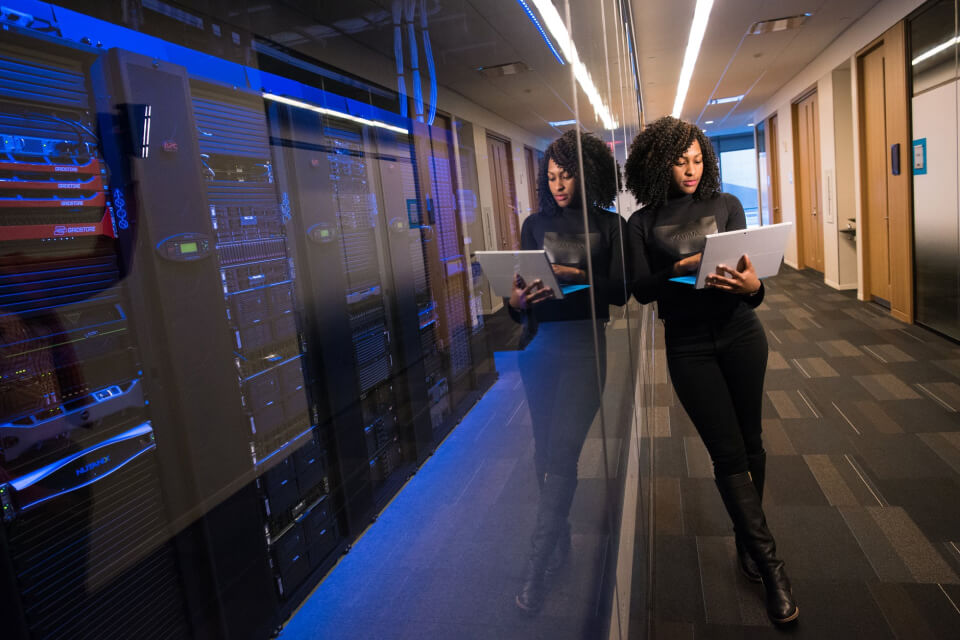Why Energy Efficiency Matters
Energy efficiency is important because it reduces the amount of energy needed to perform common tasks in your home. By improving your home’s energy efficiency, you can lower utility bills and decrease environmental impact. Homes that are energy efficient use less electricity, gas, and water, making them more sustainable in the long run. The benefits of energy efficiency extend beyond saving money. It can also make your home more comfortable by maintaining a consistent indoor temperature and improving air quality. Energy-efficient homes often have better insulation, which can reduce drafts and eliminate cold spots in winter and keep your home cooler during the summer.
Insulating Your Home
One of the most effective ways to improve energy efficiency is to ensure that your home is well-insulated. Proper insulation in your walls, attic, and floors will help maintain a consistent temperature and reduce the workload on your heating and cooling systems. This can lower heating costs in winter and cooling costs in summer, making it an essential step for energy savings. Insulating your home prevents heat from escaping in the winter and keeps cool air inside during the summer months. Start by inspecting your attic, as it is one of the largest areas of heat loss in many homes. Adding insulation to your attic can have a significant impact on your overall energy efficiency.
Upgrading to Energy-Efficient Appliances
Energy-efficient appliances use less power to perform the same tasks, which can significantly reduce your overall energy consumption. Consider replacing older appliances, such as refrigerators, washing machines, and water heaters, with more energy-efficient models. These new appliances are designed to consume less electricity and are often eligible for rebates or tax incentives, making the upgrade even more affordable. When shopping for new appliances, look for the Energy Star label, which indicates that the product meets strict energy efficiency guidelines. By upgrading your appliances, you can not only save on energy costs but also increase the longevity of your household items. Energy-efficient appliances often come with longer warranties and require fewer repairs.
Utilizing Natural Lighting
Natural lighting is an easy and free way to reduce your reliance on artificial lighting. By strategically placing windows or installing skylights, you can maximize natural light during the day. This reduces the need for artificial lighting, which can lower electricity usage and create a more pleasant, eco-friendly living space. One of the easiest ways to take advantage of natural light is by using light-colored walls and furniture, which can help reflect daylight into your home. If possible, add windows in areas that receive the most sunlight, such as south-facing rooms. Consider installing window treatments like blinds or shades that allow you to control the amount of sunlight entering your home. This simple change can make a significant difference in the overall energy efficiency of your home.
Seal Air Leaks
Even the smallest air leaks can result in significant energy waste. Drafty windows and doors, as well as cracks in walls or around plumbing fixtures, can let in cold air during the winter and allow cool air to escape during the summer. Sealing these air leaks with weatherstripping or caulk can prevent heat loss and improve your home’s energy efficiency. Start by inspecting windows and doors for drafts. Weatherstripping is a simple and cost-effective solution for sealing leaks around these areas. You can also use caulk to seal cracks in walls, around baseboards, or near plumbing pipes. These minor repairs can prevent energy loss and reduce the workload on your heating and cooling systems, ultimately lowering your energy bills.
Energy-Efficient Heating and Cooling
Your heating and cooling systems are among the largest energy consumers in your home. If your HVAC system is old or inefficient, it could be time to consider upgrading to a more energy-efficient model. High-efficiency heating and cooling systems use less energy to heat or cool your home, which can lower your utility bills significantly. When replacing your HVAC system, look for one with a high Seasonal Energy Efficiency Ratio (SEER) rating, which indicates the unit’s cooling efficiency. Additionally, regular maintenance such as replacing filters, cleaning ducts, and ensuring that the system is working properly can help improve efficiency and extend the life of your equipment.
Energy Efficiency Tips Summary
| Maintenance Task | Recommended Action | Impact on Efficiency |
|---|---|---|
| Insulation | Ensure proper insulation in walls, attic, and floors. | Reduces heating and cooling costs by maintaining a consistent temperature. |
| Energy-Efficient Appliances | Upgrade to Energy Star-rated appliances. | Decreases electricity consumption and lowers utility bills. |
| Natural Lighting | Maximize the use of natural light by placing windows strategically. | Reduces the need for artificial lighting and decreases electricity use. |
| Sealing Air Leaks | Seal cracks and gaps around windows, doors, and plumbing fixtures. | Prevents heat loss and improves overall home efficiency. |
| Energy-Efficient Heating and Cooling | Upgrade to a high-efficiency HVAC system and perform regular maintenance. | Reduces energy consumption and lowers heating and cooling costs. |
Conclusion
Making your home more energy-efficient doesn’t have to be overwhelming. By following these simple steps, you can reduce your energy consumption, save money on utility bills, and help the environment. From upgrading your insulation to utilizing natural lighting, every change counts toward creating a more energy-efficient home that benefits both your wallet and the planet. Whether you’re upgrading appliances, sealing air leaks, or installing better insulation, these changes will contribute to a more sustainable and cost-effective home. Take the time to invest in energy-efficient improvements today, and you’ll reap the benefits for years to come.



